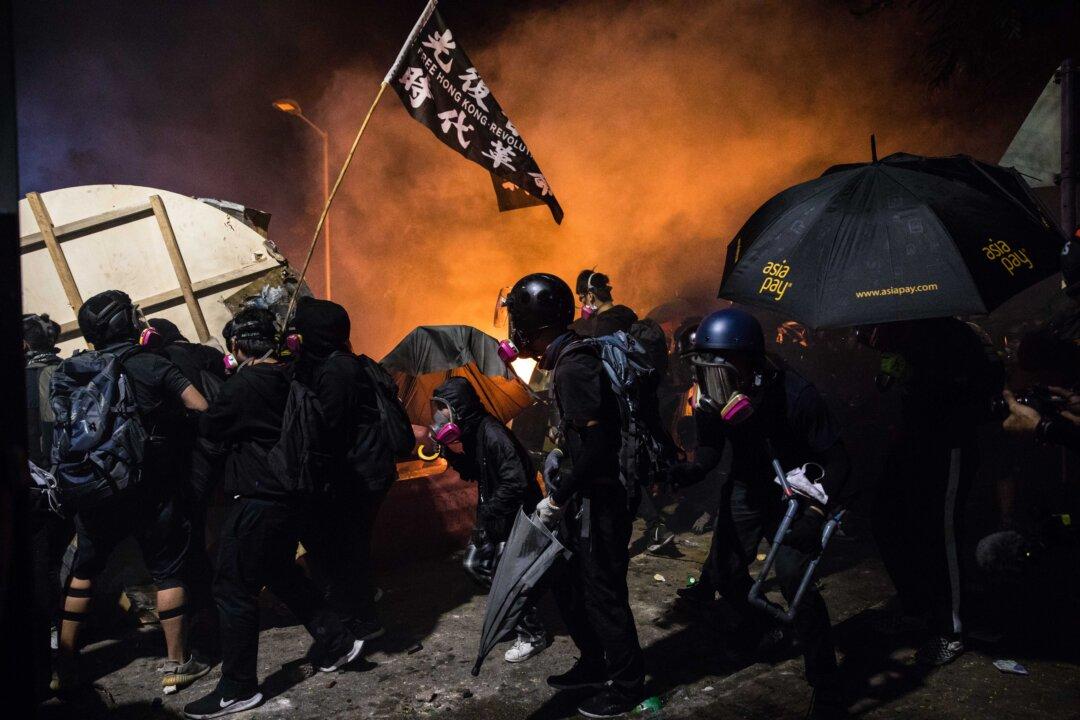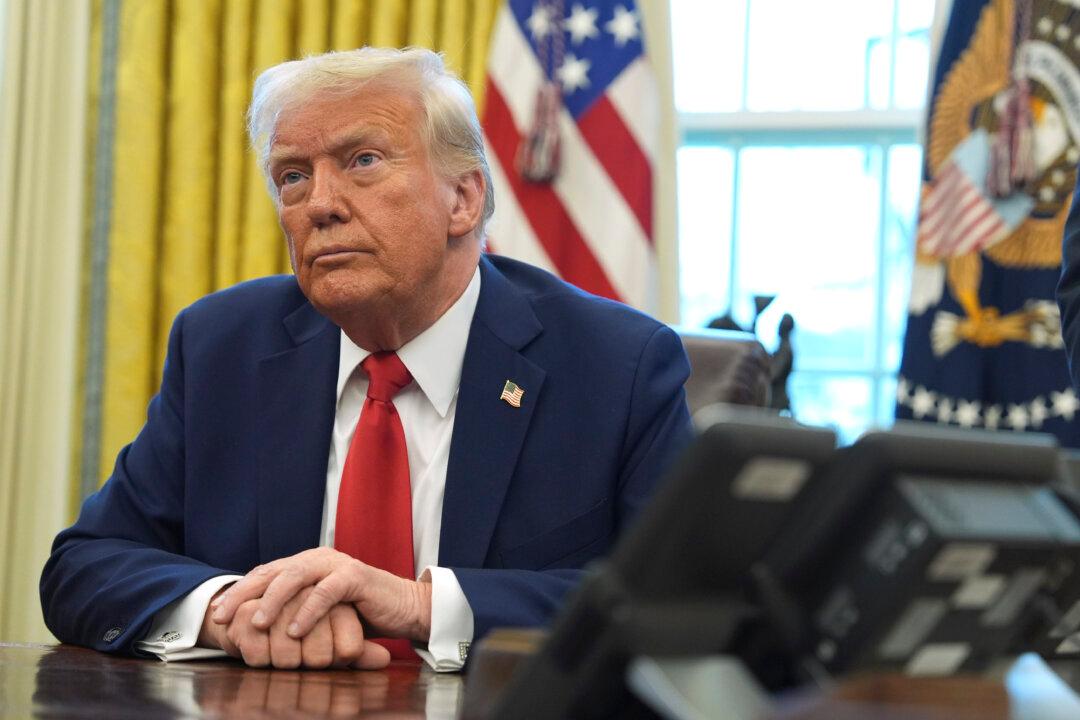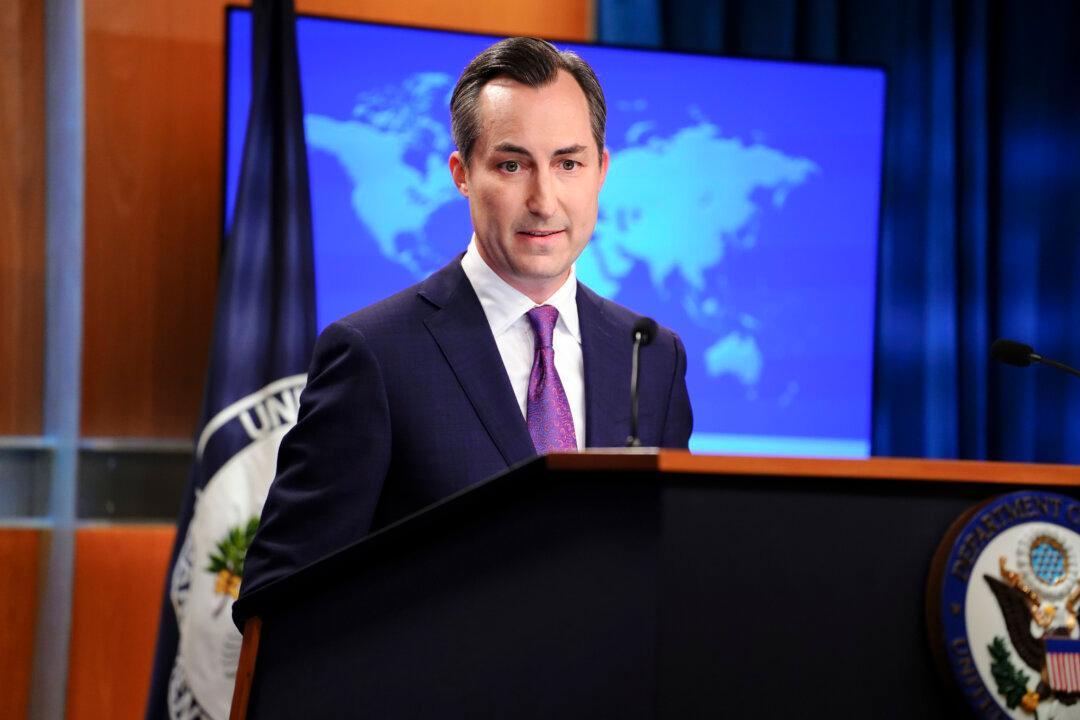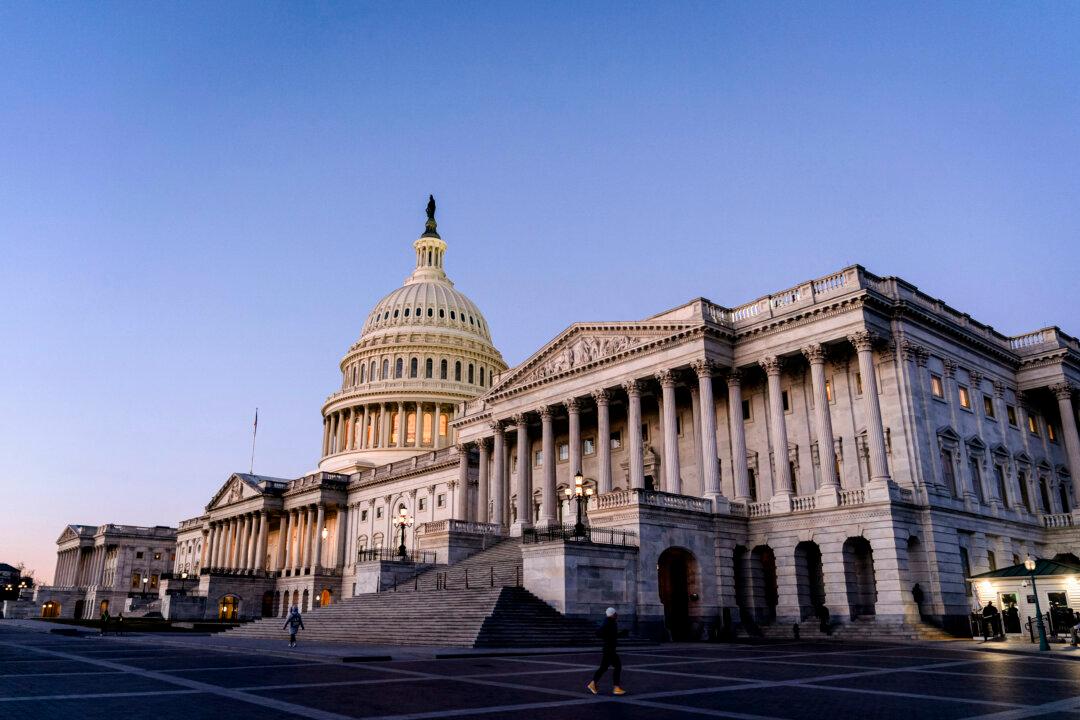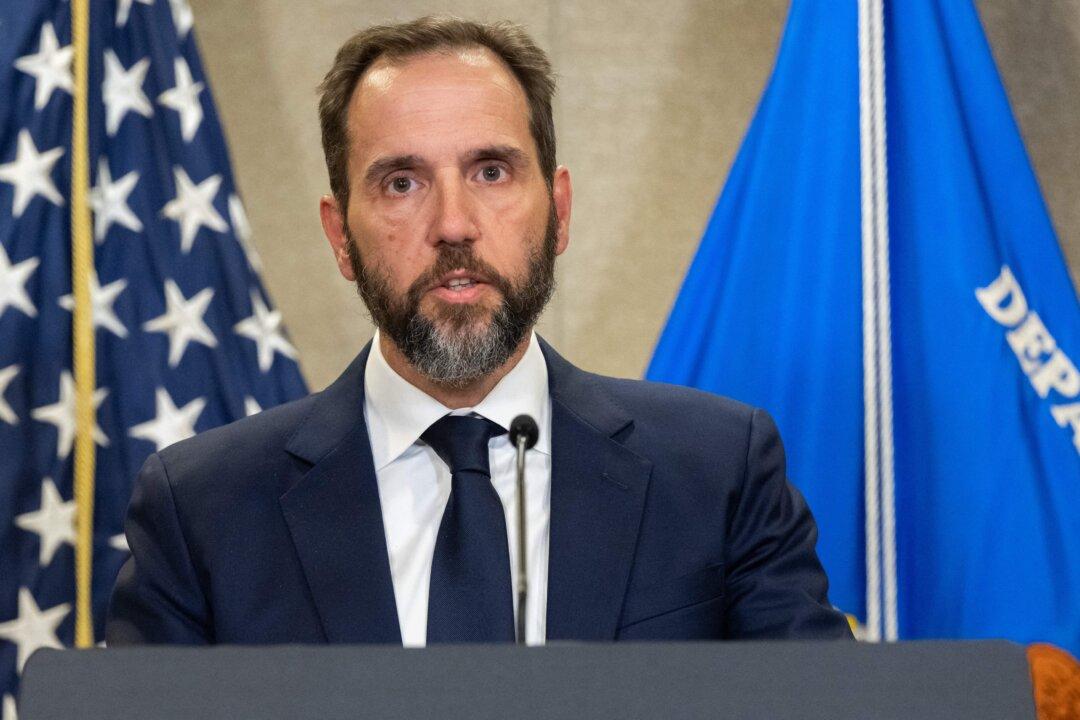The city of Hong Kong has seen regular eruptions of violence and chaos over the course of almost six months of mass protests. But the level of intensity over the past week has prompted fear that the crisis may never reach a resolution.
It started with the death of a 22-year-old student on Nov. 8, who died from his injuries after falling one story from a parking garage where police had fired tear gas to disperse protesters—the first fatality connected to police actions in the continuing pro-democracy movement. His death triggered a wave of protests over the weekend.
